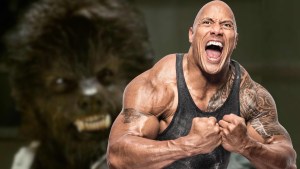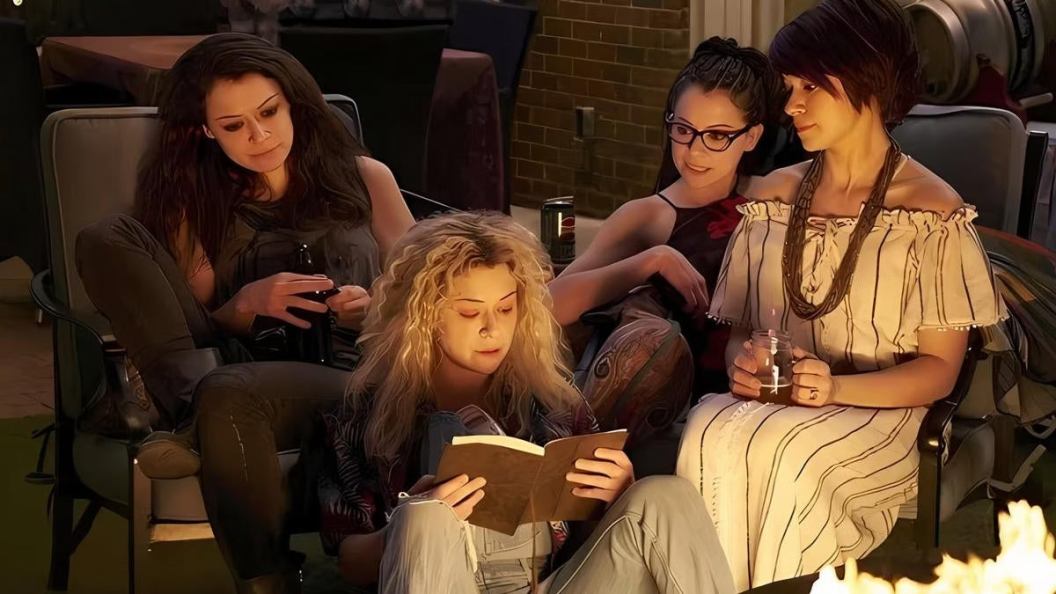
It is a significant challenge for any actor to compellingly embody a single character over the long run of a television series. The task of playing two or more distinct roles within the same show, however, demands a special level of skill, precision, and versatility. This feat requires an actor to create multiple fully realized individuals who are often polar opposites, frequently forcing them to perform in complex scenes opposite themselves. When done poorly, it can be a distracting gimmick, but when executed with mastery, it elevates a series, adding narrative complexity and providing a stunning showcase of an actor’s range. Furthermore, it allows a show to explore themes of duality, identity, and nature versus nurture in a uniquely direct and visual way.
The most memorable instances of actors playing multiple parts occur in non-anthology series, where different characters inhabit the same continuous story. These performances are not just a one-off gag but are often central to the show’s mythology, driving major plotlines and creating powerful dramatic or comedic conflicts. This list highlights seven of the most impressive and iconic examples of actors who masterfully took on the demanding challenge of playing multiple roles on the same TV show.
1) Tatiana Maslany (Orphan Black)
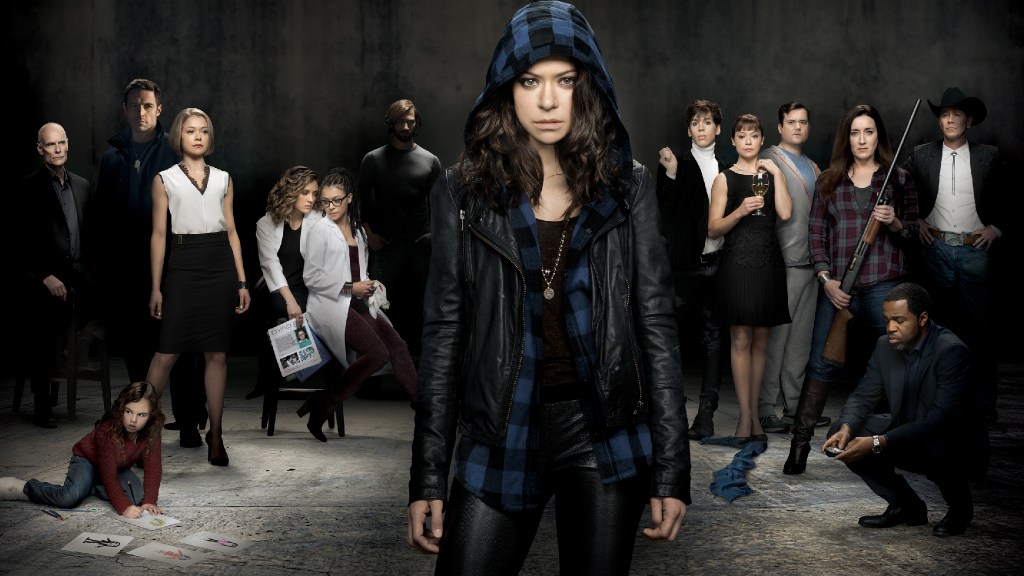
Tatiana Maslany’s work on Orphan Black is arguably the absolute gold standard for TV actors tackling multiple roles. That’s because ehe show’s entire premise rests on her astonishing ability to portray a growing number of illegal human clones, each with a completely distinct personality, physicality, and accent. Yet, Maslany makes it look easy, seamlessly shifting between the street-smart protagonist Sarah Manning, the bubbly and high-strung suburban mom Alison Hendrix, the brilliant and gentle scientist Cosima Niehaus, and the terrifyingly feral assassin Helena.
This performance was a technical and creative tour de force that went far beyond simple costume changes. Maslany’s greatest achievement was in the scenes where clones interacted, requiring her to act against a stand-in and then replicate the other side of the conversation with perfect timing and chemistry. The complexity reached its peak when clones were forced to impersonate other clones, adding yet another mind-bending layer to her Emmy-winning performance. Ultimately, Orphan Black is a testament to how a show built around an actor playing multiple parts can result in one of television’s most acclaimed and unforgettable performances.
2) Anna Torv (Fringe)
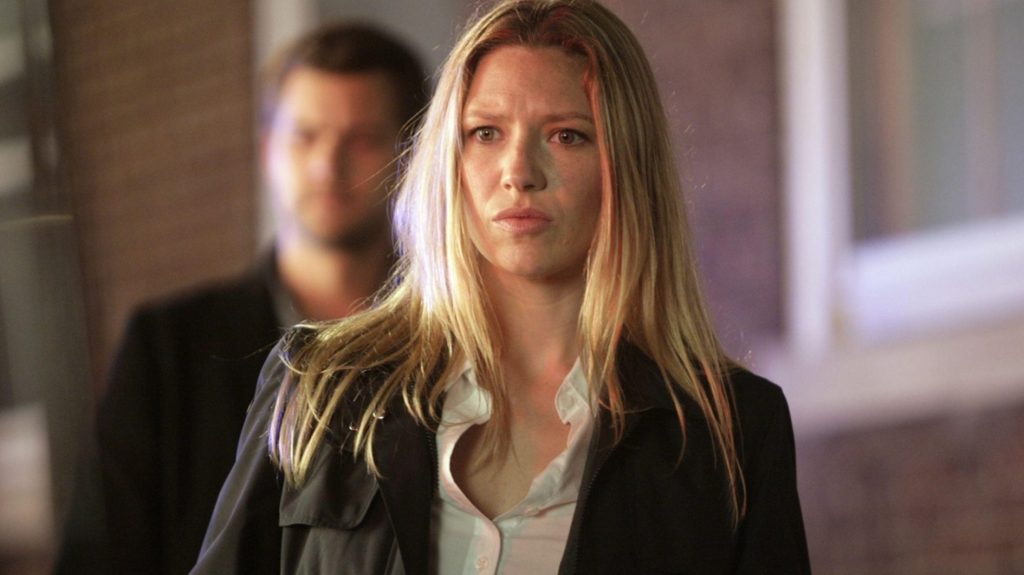
Anna Torv’s performance across the five seasons of Fringe leans heavily on subtlety and profound character work. For two seasons, she meticulously established the character of FBI Agent Olivia Dunham, a woman defined by her deep-seated trauma, fierce dedication, and emotional restraint. The show then audaciously introduced her alternate-universe counterpart, a confident, charismatic, and emotionally open agent known to fans as “Fauxlivia.” This development became the backbone of Fringe‘s overarching interdimensional conflict, and Torv’s ability to create two distinct but believable versions of the same woman was essential to making it work.
Torv distinguished the two Fringe characters through meticulous shifts in posture, vocal cadence, and expression. Her portrayal was so effective that viewers could instantly identify which Olivia was on screen, even when one was impersonating the other. This dual role was central to the show’s exploration of identity and the different paths a life can take based on circumstance. In addition, Torv’s work ensured that the high-concept parallel universe storyline remained grounded in a compelling human drama, making her one of television’s most underrated dual performances.
3) Nina Dobrev (The Vampire Diaries)
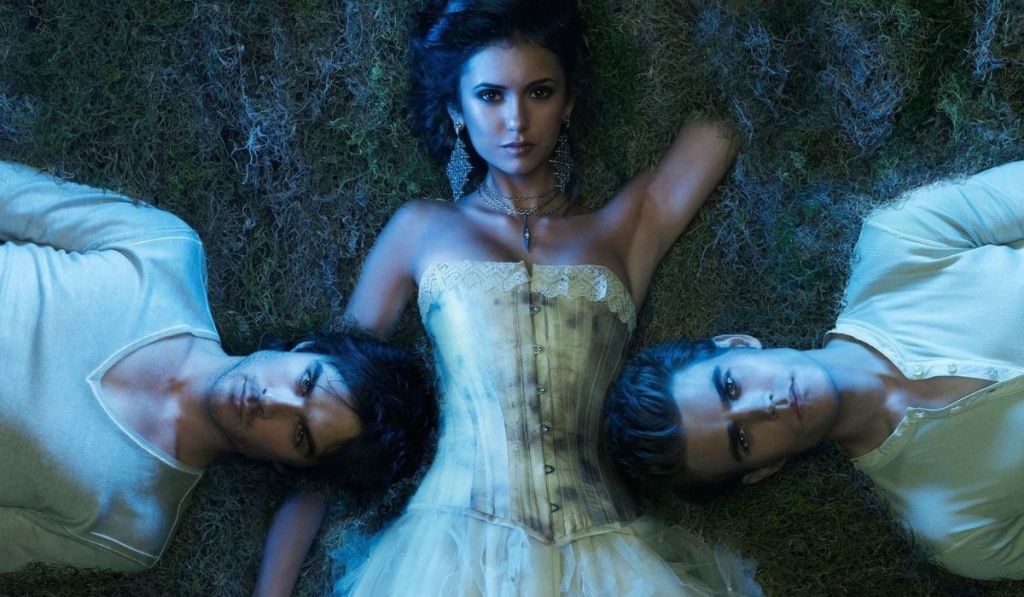
In the world of The Vampire Diaries, doppelgangers are a crucial part of the supernatural lore, and Nina Dobrev was tasked with bringing the two most important ones to life. In the show, she stars as Elena Gilbert, the compassionate and relatable human protagonist caught in a world of ancient dangers. Simultaneously, Dobrev also played Katherine Pierce, Elena’s 500-year-old vampire ancestor who was selfish, manipulative, and relentlessly cruel. As the primary antagonist for multiple seasons, Katherine’s dynamic with Elena provided the series with its most compelling conflict, a feat made possible entirely by Dobrev’s performance.
The stark contrast between Elena and Katherine drove the story of The Vampire Diaries for years. Dobrev frequently had to act opposite herself in emotionally charged scenes, convincingly portraying both a terrified teenager and her sadistic tormentor in the same shot. Her clear distinction between Elena’s earnest vulnerability and Katherine’s predatory confidence made their dynamic electric. This dual performance was a fundamental pillar of the show’s mythology that explored themes of good versus evil within the same physical form, helping build The Vampire Diaries‘ faithful fanbase.
4) Brent Spiner (Star Trek: The Next Generation)
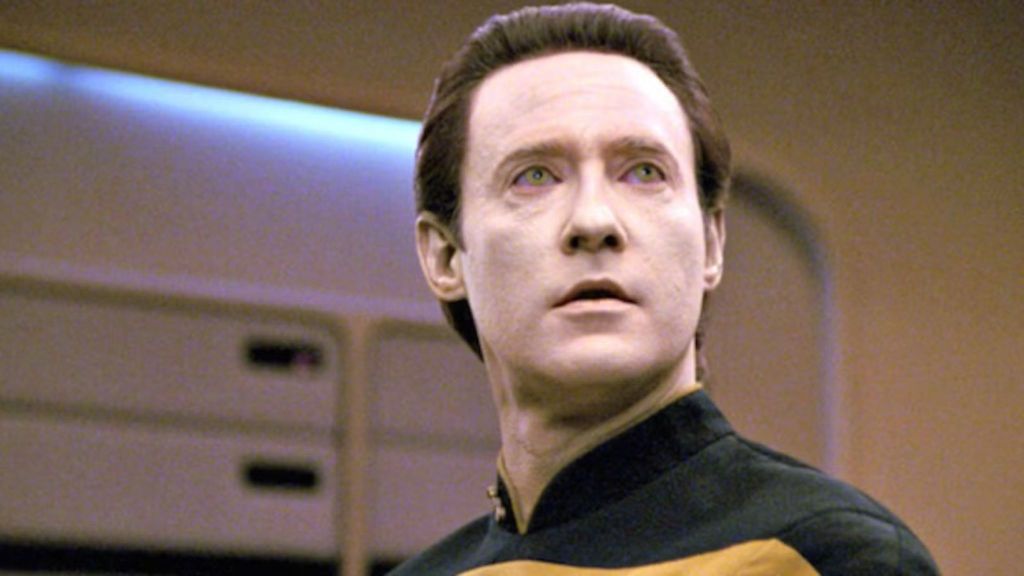
Brent Spiner’s portrayal of the android Lieutenant Commander Data was one of the most beloved elements of Star Trek: The Next Generation. His performance as a being of pure logic striving to understand humanity gave the series much of its philosophical heart. This foundation made his second role as Data’s “evil twin” brother, Lore, all the more effective and unsettling. While physically identical to Data, Lore was created with a fully emotional and ambitious personality, which quickly curdled into a terrifying combination of arrogance, jealousy, and malevolence.
Whenever Lore appeared, Spiner delivered a chilling performance that was the perfect inversion of Data. Where Data was innocent and inquisitive, Lore was manipulative and self-assured, his emotional capacity making him a dangerous and unpredictable foe. Their confrontations were always a highlight of Star Trek: The Next Generation, forcing Data to confront the darker side of his own origins and what he might have become. Spiner’s work extended even further to playing their reclusive creator, Dr. Noonian Soong, cementing his incredible versatility within the Star Trek universe.
5) Misha Collins (Supernatural)
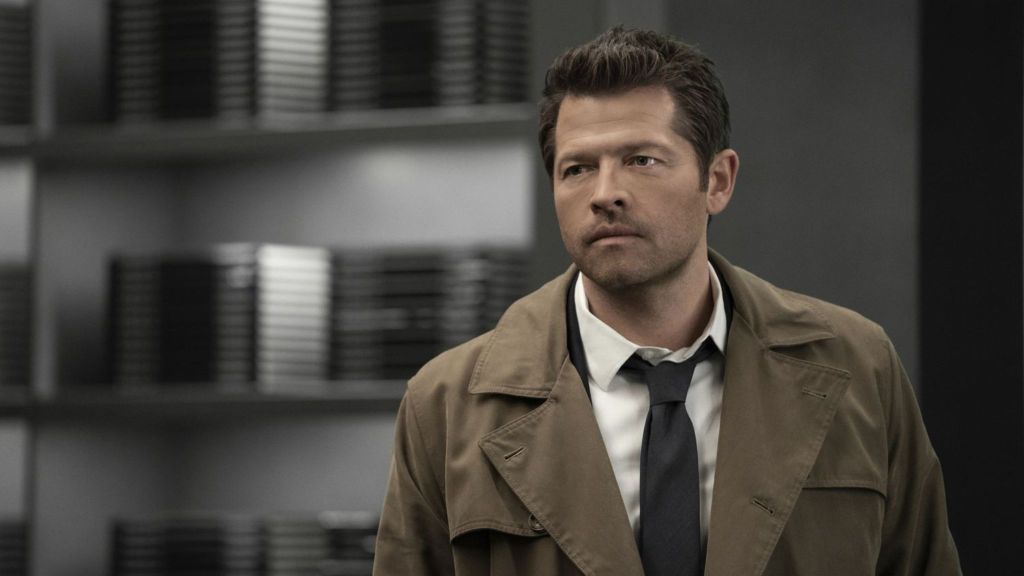
Over its 15-season run, Supernatural built a dense mythology that allowed many of its actors to play different characters, but few did so as extensively or with as much impact as Misha Collins. Collins was introduced as Castiel, a stoic and powerful angel of the Lord who became a key ally to the Winchester brothers. From the start, the actor had to balance the angel’s otherworldly nature with the confusion of his human vessel, Jimmy Novak. However, as the series progressed, this vessel became a host for other, far more powerful and dangerous entities.
Collins’ greatest challenge came when Castiel’s body was possessed by Lucifer, forcing him to channel the iconic take on the devil established by Mark Pellegrino while adding his own unsettling flair. In addition, he briefly played God and a cosmic entity from the dawn of time known as The Empty. Each persona required a completely different energy, from Castiel’s weary resolve to Lucifer’s gleeful sadism. As a result, this series of roles demonstrates Collins’ impressive range and shows how a show’s lore can create incredible opportunities for an actor to reinvent their performance.
6) D’Arcy Carden (The Good Place)
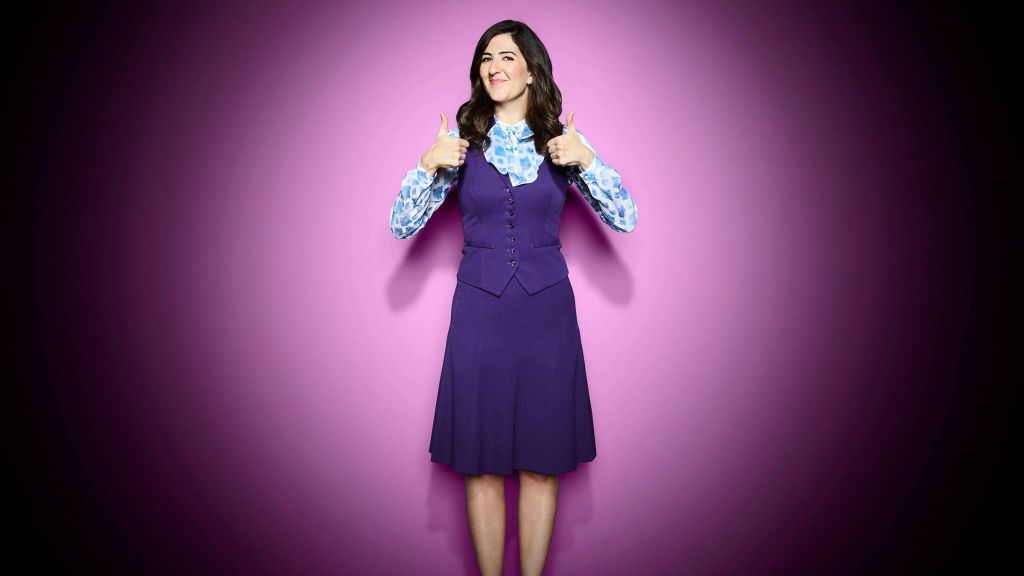
D’Arcy Carden’s performance as Janet in The Good Place was a comedic triumph from the very beginning. As a programmed, all-knowing celestial being, she was the source of endless information and perfectly timed neutral observations. Carden’s performance grew even more complex as the show introduced other versions, including the rude and flatulent Bad Janet and the painfully boring Neutral Janet. She gave each model a distinct comedic rhythm, but her most impressive feat came in the Season 3 episode “Janet(s).”
In that episode, the four human protagonists, Eleanor (Kristen Bell), Chidi (William Jackson Harper), Tahani (Jameela Jamil), and Jason (Manny Jacinto), are hidden inside Janet’s void, causing them to all look like her. Carden was tasked with playing not just Janet, but also her versions of all four humans, flawlessly adopting the specific mannerisms, speech patterns, and physical tics of her co-stars. It was a brilliant act of mimicry and one of the most ambitious comedic performances ever seen on television. In a single episode, Carden’s work proved she could play not just multiple characters, but an entire ensemble cast by herself.
7) Lisa Kudrow (Friends)

Long before parallel universes and clones became television staples, Friends offered a classic example of an actor in a dual role, with Lisa Kudrow playing both Phoebe Buffay and her twin sister, Ursula. The character of Ursula was actually created first for the sitcom Mad About You, and was cleverly retconned into Phoebe’s backstory as her identical but estranged twin. While Phoebe was quirky, kind, and relentlessly optimistic, Ursula was her complete opposite: selfish, dismissive, and utterly uninterested in having a relationship with her sister.
Kudrow played Ursula with a biting indifference that made her a perfect foil for the good-natured Phoebe. Their rare interactions were always hilariously awkward, providing a steady stream of comedy while also adding a layer of melancholy to Phoebe’s otherwise sunny disposition. While the technical feats were simpler in Friends than in modern sci-fi shows, Kudrow’s ability to generate a complete lack of chemistry with herself underlines her skill as a performer. It remains one of the most memorable and effective uses of a dual role in sitcom history.
Which other actors delivered memorable dual performances on the same show? Share your picks in the comments below.
The post 7 Times Actors Played Multiple Roles on the Same Show appeared first on ComicBook.com.

